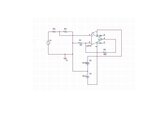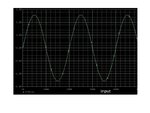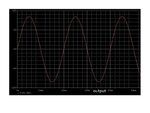kookooli
Junior Member level 3
Hi,
i am using LM741 as an amplifier.
when my input signal is DC it works correctly, but when my input is AC it show more than what it should show
for example when my input is 0.9 dc with 6.6 gain it show 5.95 and that is correct but when my input is ac whith 0.9 rms with 6.6 gain , it should show 5.95 rms but it show 7.3 rms ?
why ??
i am using LM741 as an amplifier.
when my input signal is DC it works correctly, but when my input is AC it show more than what it should show
for example when my input is 0.9 dc with 6.6 gain it show 5.95 and that is correct but when my input is ac whith 0.9 rms with 6.6 gain , it should show 5.95 rms but it show 7.3 rms ?
why ??


